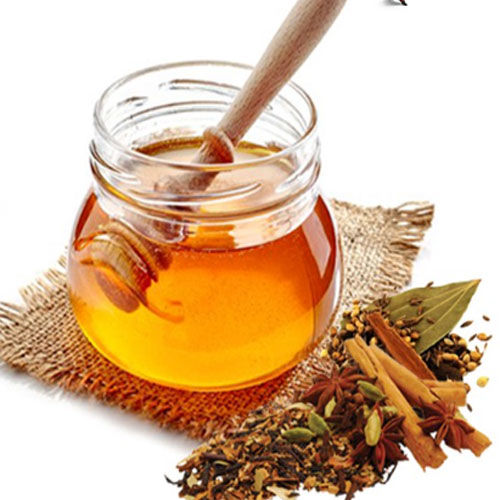
Honey forming is a fascinating process that begins with the tireless work of honeybees and culminates in the golden nectar we know and love. At every stage of this journey, precision, care, and respect for nature are paramount.
1. Beekeeping: The process of honey forming starts with the remarkable work of honeybees. Beekeepers maintain hives in carefully selected locations, ensuring access to diverse floral sources for the bees to forage. Through their intricate dance of pollination and nectar collection, bees transform flower nectar into honey within the confines of the hive.
2. Nectar Collection: As bees gather nectar from flowers, they store it in their honey stomachs, where enzymes begin the process of breaking down complex sugars. Upon returning to the hive, they transfer the nectar to other worker bees who further process and concentrate it through regurgitation and evaporation.
3. Honeycomb Construction: Worker bees then deposit the concentrated nectar into hexagonal beeswax cells within the hive's honeycomb. The beeswax acts as a natural storage vessel, providing a secure environment for the ripening honey. Through precise temperature control and airflow, bees dehydrate the nectar until it reaches the desired moisture content.
4. Ripening Process: Over time, the ripening process transforms the nectar into honey, a process facilitated by the enzymatic action of the bees and the evaporation of excess moisture. As the honey matures, its flavor profile develops, influenced by the types of flowers visited by the bees.
5. Harvesting: Once the honey is fully ripened, beekeepers carefully harvest it from the honeycomb. Modern harvesting methods include techniques such as centrifugal extraction, which gently separates the honey from the comb without damaging it. Beekeepers take care to minimize stress to the bees and preserve the integrity of the hive.
6. Filtration and Packaging: After extraction, the honey undergoes minimal filtration to remove any debris or impurities while retaining its natural flavors and beneficial compounds. Finally, the honey is packaged in jars or containers, ready to be enjoyed by consumers around the world.
7. Quality Assurance: Throughout the honey forming process, strict quality control measures ensure that only the finest, purest honey reaches the market. Beekeepers and honey manufacturers adhere to industry standards and regulations to guarantee the quality, safety, and authenticity of their products.
In summary, honey forming is a remarkable journey that highlights the symbiotic relationship between honeybees and humans. Through careful stewardship and respect for nature's processes, we are able to enjoy the sweet rewards of this extraordinary natural wonder.

Copyright © 2024 Mommy's International | Website Designed & Promoted by Web2Export

